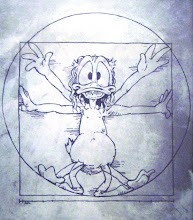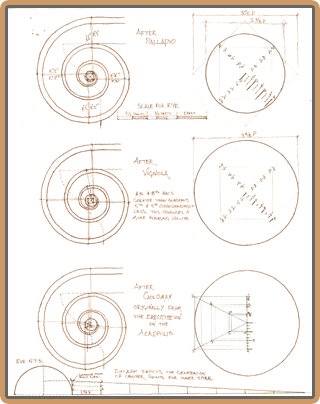Intended for shock value, it came as no surprise to me to read THIS HEADLINE. Not, mind you, because I foresaw Iran's sentiments on Barbie, but because hatred for Barbie is no new thought to me.
Most of Western Death-Culture never thinks twice about Barbie and her voluptuous cohorts, and what it does to our daughters, and what that in turn does to our society. Much to the chagrin of my own daughter, I will not let Barbie Dolls into her playroom, and I ask her to not play with them over at her friends house, although anyone with children knows how impossible that can be. This last bit is even harder because some of these friends come from families that are, on every account, very serious about their own daughters' innocence, but for some reason don't see Barbie for the little slut she is, and the harm it does to our daughters. So, my little girl wonders why so-and-so from a seriously Catholic family gets to play with Barbie and she doesn't. The problem is, she's way too young (although unfortunately knows too much at her age, no thanks to a neighbor girl) for me to explain to her the root of my decision.
Barbie's origins are found in a German male-targeted tabloid from the early 1950's, called Bild Zeitung. In it, cartoonist Reinhard Beuthien developed the over-developed character Bild Lilli. According to Barbie historian M.G. Lord, Lilli was 'a pornographic caricature, a gold digger, exhibitionist and floozy, who flung herself repeatedly at balding, jowly fat cats'. Lilli was eventually developed INTO A DOLL, which was sold in tobacco shops and bars to executives as desktop toys or gag gifts for bachelor parties, but certainly not playthings for little German girls. This is the same doll Ruth Handler found on a trip to Europe and gave to the developers at her husband's company Mattel (and one to her daughter, Barbie). She knew what she wanted to do with it, and that was to soften it to reduce the chances of thoughtless parents objecting, market it to little girls, and make a killing.
The Barbie doll, who had lingerie as one of her first accessories, was a complete departure from the previous 5 millenia of dolls. Dolls had been designed with large heads, big eyes, stumpy fingers...all PROPORTIONS representative of a child. Sure, the proportions were exaggerated, but only those proportions that exaggerated the babyness of the doll. Why? Because dolls were the ersatz children and babies of the young girls who played with them. They were pretending to be mothers. Barbie on the other hand, figured quite differently into the equation. She is a miniature adult woman, and while her proportions are a little off as well, it's only those body parts that pertain to reproduction. And those parts were caricatured to the tune of 38"-18"-33" . Instead of pretending to be the mother of the doll, little girls were pretending to be the doll itself. And what activities were they expected to pretend doing? Hmm. Instead of strollers, blankets and bottles, Barbie's accessories were make-up, lingerie, and boyfriends. Is it really that hard to imagine the effect on their imaginations?
Ruth Handler knew that Barbie was about the sexual revolution. Her Barbie doll was to be sexually unencumbered, and was teaching the little girls that were growing up playing with her to be the same. They were to be getting good practice at the 'arts' of consumerism and hedonism.
That's why Barbies are not allowed in my house. or Bratz. Hmm. Maybe that's another ranting post.
Tuesday, April 29, 2008
Subscribe to:
Post Comments (Atom)



No comments:
Post a Comment